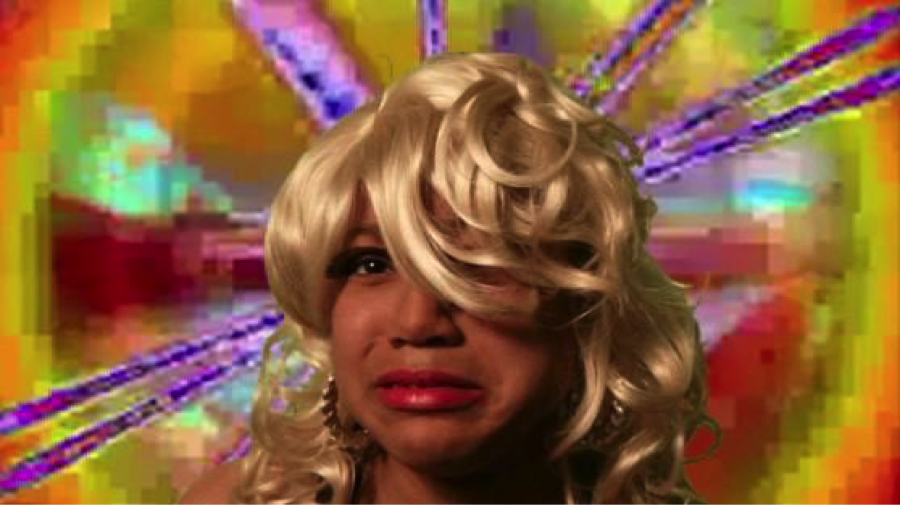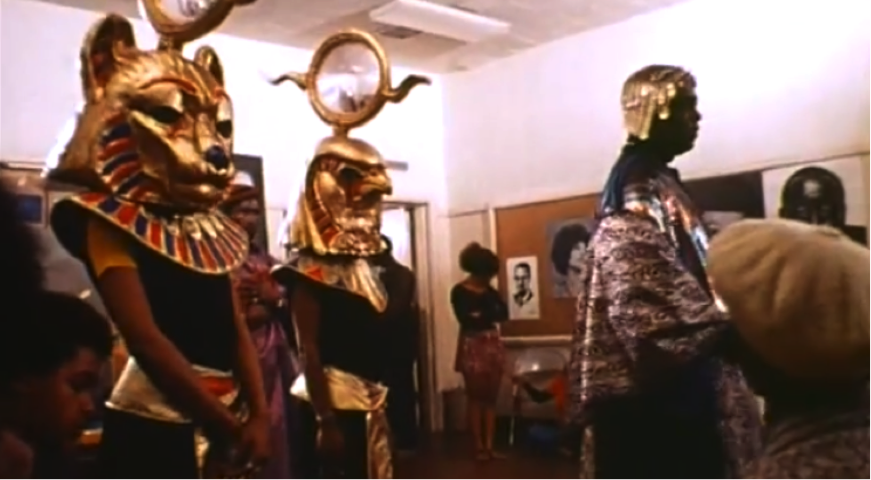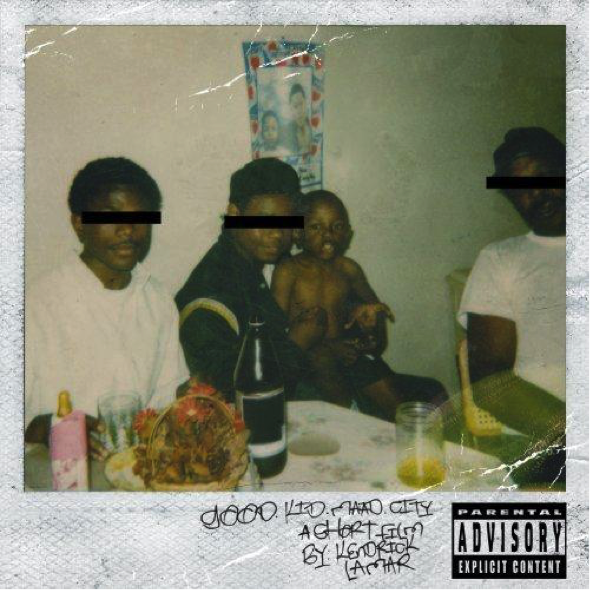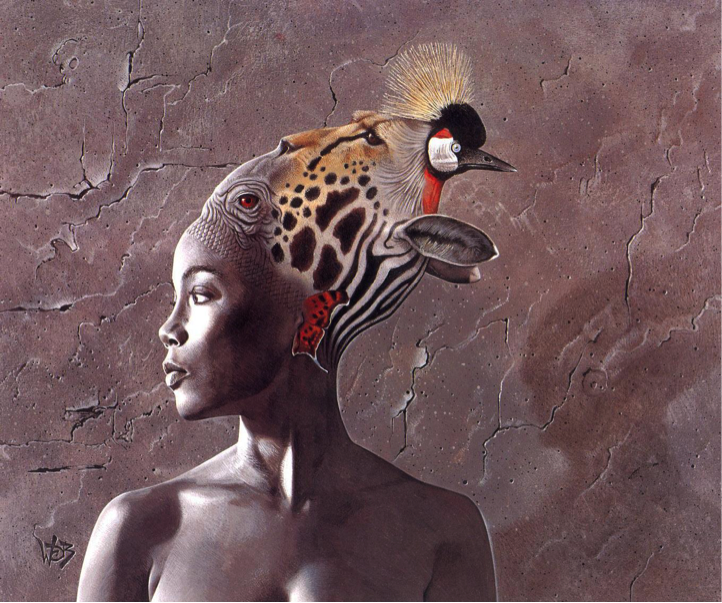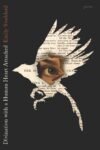Meta-myth means myths about myths. That is to say the myth about the myth of you. No one sees through our eyes but ourselves and as much as we’d like to see ourselves as individuals, society has historically bundled “individuals” into groups. And general stories are applied to those groups whether our realities are similar or not. To have a story applied to your reality diminishes your own thus causing your reality to be myth.
Meta is “referring to itself or to the conventions of its genre” and myths are traditional stories of historical events that unfold part of a worldview or explain a practice, belief or natural phenomenon. Myth also refers to the unreal. In a society whose narratives tend to diminish the reality of the individual by focusing on generalizations, the majority of us become myths. We all have a story and we all have our own ways of telling that story. Meta-Myth describes one of those ways. Meta-myth describes a mythical process of using myth to refer to the myth that is the individual experience. Meta-myth is an idea that offers freedom—from a historical, social and political narrative of being a black woman in America—and survival amidst constant frustration, anger, confusion and despair.
The ways that we use myth to tell our own myths vary. Sun Ra uses myth to refer to his reality as well as a conduit to a space where his myth is reality. In his 1974 film Space Is The Place, Sun Ra lands on earth to find and bring black folks to a planet he discovered, so they can start their own narrative anew without facing racism. Arriving to earth Sun Ra appears in a community center where youth are gathered, playing games and conversing in general. The youth heckle Sun Ra:
“How do we know you’re for real?” “What it is?”
Sun Ra responds, “How do you know I’m real? I’m not real just like you. You don’t exist in this society. If you did your people wouldn’t be seeking equal rights. You’re not real. If you were real you’d have some status amongst the nations of the world. So we’re both myths. I do not come to you as a reality. I come to you as the myth because that’s what black people are—myths.”
To live as myth is a form of resistance. Sun Ra defies reality because reality has not been kind to him. Sun Ra’s myth takes a figurative shape like other myths as well as a physical manifestation. Through the use of myth Sun Ra take space within the myth’s immortality in opposition to a reality where bodies are killed mentally, spiritually and physically.
As we tell our myths we sometimes include other’s narratives. We become conduits and through recitation and storytelling others speak through us as if we are possessed. In Kendrick Lamar’s “Sing About Me, I’m Dying of Thirst,” two narratives are being told through one voice, both referring to the speaker. The first narrative is Kendrick telling of a friend’s death. The second is Kendrick speaking to himself from the perspective of his friend’s brother.
I woke up this morning and figured I’d call you
In case I’m not here tomorrow, I’m hoping that I can borrow
A peace of mind, I’m behind on what’s really important
My mind is really distorted, I find nothing but trouble in my life
I’m fortunate you believe in a dream
This orphanage we call a ghetto is quite a routine
And last night was just another distraction or a reaction
Of what we consider madness, I know exactly what happened
You ran outside when you heard my brother cry for help
Held him like a newborn baby and made him feel
Like everything was alright and a fight he tried to put up
But the type of bullet that stuck had went against his will
As blood spilled on your hands, my plans rather vindictive
Everybody’s a victim in my eyes
When I ride it’s a murderous rhythm and outside became pitch black
A demon glued to my back whispering, “Get em”
I got ’em, and I ain’t give a fuck
That same mentality that told my brother not to duck
In actuality it’s a trip how we trip off of colors
I wonder if I’ll ever discover a passion like you and recover
The life that I knew as a young’n in pajamas and Dun-ta-duns
When thunder comes it rains cats and dogs
Dumb niggas like me never prosper
Prognosis of a problem child, I’m proud and well devoted
This piru shit been in me forever
So forever I’mma push it, wherever whenever
And I love you cause you love my brother like you did
Just promise me you’ll tell this story when you make it big
And if I die before your album drop I hope –
In Octavia Butler’s 1980 novel Wild Seed, she uses myth to refer to a moment in history. Wild Seed is the story of Anyanwu, an immortal shape shifter abducted from Africa to the United States in the eighteenth century, where she battles to maintain her reality. Butler’s myth of Anyanwu refers to the abduction of Africans during the slave trade. Similar to the Africans that were brought to the United States Anyanwu is considered a myth to those around her. On her way to the United States she experiences isolation and loneliness as her reality of Africa is out of reach. Anyanwu lives in fear of her captor Doro, who like her can live forever. Only when Anyanwu turns into an animal can she escape Doro’s detection and finally begin to have control of her narrative.
In a society that celebrates individuality and yet marginalizes individual realities Meta-myth offers an alternate way to seek freedom and control over your mental, physical, spiritual etc. reality. It is an act of creation and recreation that takes place within the myth where the real and unreal coincide allowing various ways of expressing our realities and determining our narratives.
This piece first appeared in “The Extra Earth Analog,” ed. Mary Walling Blackburn, Pastelegram no. 4.
For more information on Confuserella, you can go here.
This post may contain affiliate links.



